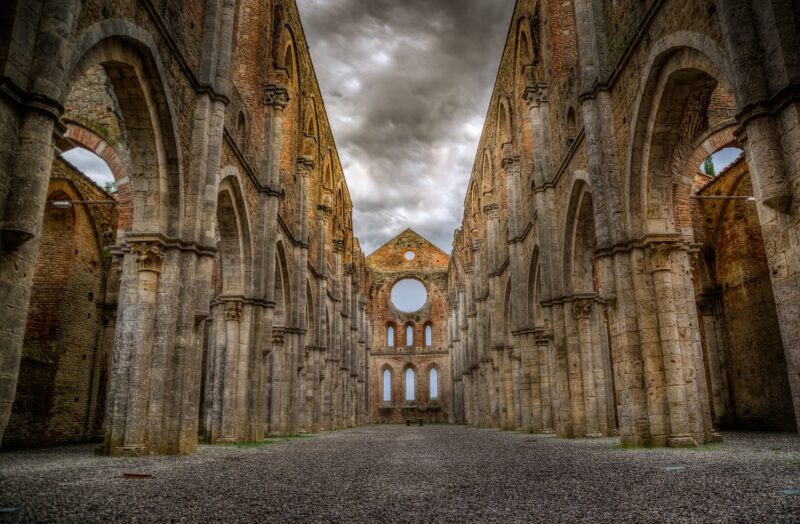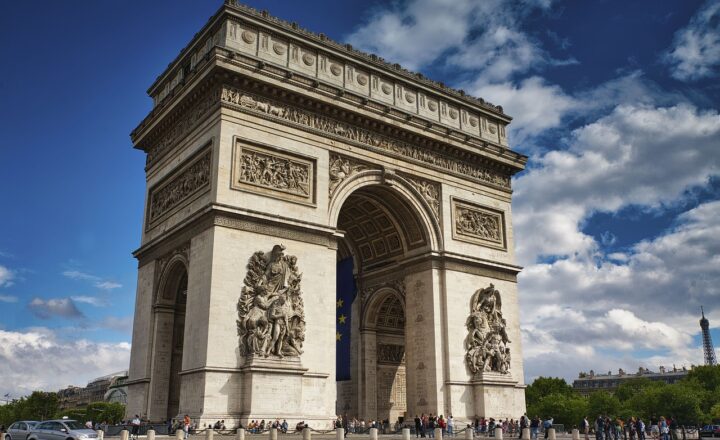The Most Shocking Discoveries Made While Excavating Ancient Cities
November 17, 2024

Excavating ancient cities has long captivated archaeologists and historians, leading to some of the most extraordinary discoveries that redefine our understanding of past civilizations. From hidden treasures to remarkable architecture, the excavation sites across the globe continue to yield astonishing finds that illuminate the lives of those who came before us. This article delves into some of the most shocking discoveries made during these excavations, exploring how they have contributed to the fields of history, anthropology, and archaeology.
1. The Lost City of Petra
The ancient city of Petra, located in modern-day Jordan, is often referred to as one of the greatest archaeological sites in the world. Rediscovered in the early 19th century by European explorers, Petra was known for its intricate rock-cut architecture and water conduit system.
What shocked the world upon its discovery were the unprecedented architectural features and urban design that suggested advanced engineering skills and an intricate societal structure. The city’s most iconic monument, Al-Khazneh, carved directly from the rose-red cliffs, showcases an astonishing blend of Hellenistic and Eastern influences, challenging previous assumptions about the artistic capabilities of ancient civilizations.
The intricate water management systems, which included dams, cisterns, and a network of pipes, demonstrated a deep understanding of hydraulic engineering—an impressive feat considering the desert environment.
2. The Terracotta Army in Xi’an, China
Discovered in 1974 by local farmers, the Terracotta Army is one of the most awe-inspiring finds of the 20th century. Buried near the tomb of China’s first emperor, Qin Shi Huang, this vast army of life-sized terracotta soldiers, horses, and chariots was created to accompany the emperor into the afterlife.
The sheer scale of the excavation—over 8,000 soldiers, 670 horses, and 130 chariots—left researchers in disbelief. Each figure bears unique facial features, hairstyles, and expressions, suggesting remarkable artistry and attention to detail. The discovery brought forth new insights regarding the culture, economy, and beliefs of the Qin dynasty, shedding light on the centralization of power and the significance of burial practices in ancient China.
3. The Mummies of the Tarim Basin
In the Tarim Basin, located in present-day Xinjiang, China, the discovery of remarkably well-preserved mummies dating back to 1800 BCE initially shocked researchers. The mummies, characterized by their Caucasian features and intricate textiles, challenged previous theories regarding the movement of ancient peoples and cultural diffusion across Eurasia.
These mummies, often dressed in elaborate clothing and buried with a wealth of artifacts, indicated that this region served as a vital crossroads for trade and cultural exchange along the Silk Road. Their preservation due to the dry climate provided essential insights into the lifestyle, diet, and practices of the ancient people living in this area, reshaping our understanding of early human migration patterns.
4. The Viking Ship Burials in Norway
The excavation of Viking burial sites in Norway revealed some of the most thrilling findings, including well-preserved Viking ships filled with artifacts. The Oseberg and Gokstad ships, unearthed in the early 20th century, astonished archaeologists with their intricate craftsmanship and large size.
The ships were buried as part of elaborate funerary customs that signified wealth, power, and the Viking belief in an afterlife. Inside the ships were artifacts such as tools, weapons, and even animals, giving researchers a profound understanding of Viking society, seafaring capabilities, and rituals surrounding death.
These discoveries indicated a highly organized and skilled maritime culture, previously underestimated in their shipbuilding and navigation abilities.
5. The Mayan City of Tikal
Deep in the jungles of Guatemala lies the ancient Mayan city of Tikal, an archaeological treasure trove. Rediscovered in the 19th century, Tikal’s towering pyramids and vast plazas were shocking to researchers, revealing a once-thriving civilization that utilized advanced agricultural techniques and had complex social structures.
Recent excavations have unveiled a network of roads and monumental architecture that reflects the Mayans’ sophisticated understanding of urban planning. Additionally, the discovery of numerous buried artifacts, including sculptures and pottery, has provided essential insights into their art, religion, and daily life.
The city’s collapse, once thought to be abrupt, is now understood as a complex process influenced by factors such as climate change, warfare, and societal upheaval, showcasing a civilization that was both dynamic and vulnerable.
6. Göbekli Tepe: The World’s Oldest Temple
Located in southeastern Turkey, Göbekli Tepe is often recognized as one of the oldest known temples, dating back to around 9600-9500 BCE. This site has significantly altered perceptions regarding the timeline of human civilization—showing that humans were constructing monumental architecture long before the advent of agriculture.
The shocking elements of Göbekli Tepe include its massive stone pillars that rise to several meters high and are intricately carved with images of animals and abstract symbols. These structures demonstrate not only complex social organization but also suggest the existence of religious practices long before settled farming communities emerged.
Evaluating the site forces a reevaluation of the progression from nomadic hunter-gatherers to settled societies, a transition that was once thought to follow agriculture.
7. Pompeii: The Perfectly Preserved Roman City
Buried under volcanic ash in AD 79, the city of Pompeii has provided a shocking glimpse into the everyday lives of the Romans. Rediscovered in the 18th century, the perfectly preserved remains of buildings, frescoes, and artifacts have allowed historians to reconstruct aspects of daily life, trade, and culture in ancient Rome.
The haunting casts of victims caught in moments of despair serve as stark reminders of the volcanic tragedy, making the significance of Pompeii visceral and real. The discoveries about Roman architecture, urban planning, and social structures have altered the narrative around the sophistication of urban centers during that era.
8. The Discovery of Ancient Sumeria’s Cuneiform Tablets
The excavation of ancient sites in Mesopotamia led to the discovery of cuneiform tablets that offered insight into one of the earliest known writing systems. This astoundingly sophisticated method of record-keeping revealed the complexities of Sumerian society, including aspects of governance, trade, and daily life.
The tablets include everything from administrative records to poetry, showcasing remarkable cognitive and cultural achievements. The impact of this discovery was profound, as it demonstrated that written language was utilized to organize and express complex thoughts long before previously thought—a shocking realization for historians everywhere.
Conclusion
Excavating ancient cities continually reveals astonishing discoveries that challenge our understanding of human history. From architectural marvels to intricate burial practices, each find adds to the rich tapestry of human civilization, offering insights that are both enlightening and humbling. As archaeological technology advances, we can only anticipate what more lies beneath the surface, waiting to reshape our knowledge of the past.
With each excavation, we stand on the shoulders of giants, eager to uncover the mysteries of our ancestors and appreciate the legacy they left behind.








